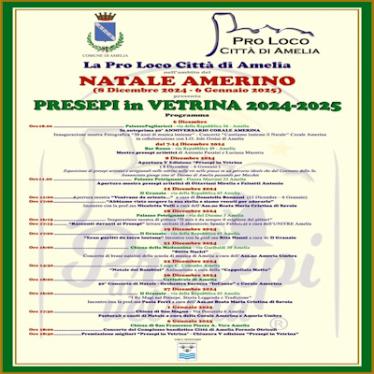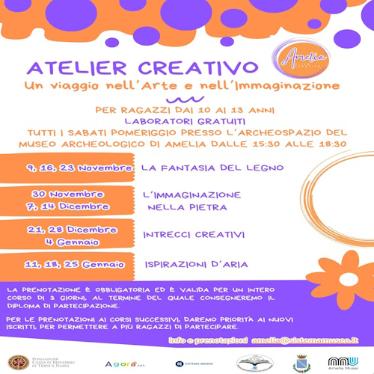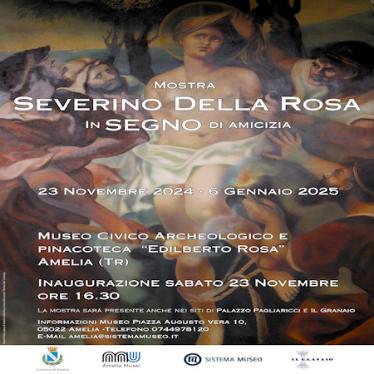HISTORY
Amelia is surrounded by mighty polygonal walls from the Roman era, where different styles coexist in harmony.
The primitive settlement, among the earliest Italic centres, developed in pre-Roman times on the acropolis from the 12th-11th centuries B.C., from which it dominated the scattered settlements below. The construction of the polygonal walls, probably from the 4th-3rd century B.C., gave the city its final conformation, which corresponds to the present-day historic centre.
Pliny the Elder reports what Cato wrote in Origines, attesting to the foundation of Amelia in 1134 BC by a mythical king named Ameroe, after whom the city was named.
In 90 B.C., it became a flourishing Roman municipium, reaching its maximum splendour in the Augustan era. Thanks to its dominant position on the Via Amerina, one of the main arteries connecting Umbria and central Italy, it was a nodal centre for military communications and Roman expansion, but also one of the oldest pilgrimage routes. Besieged by the Goths (548), it was later occupied by the Lombards (579).
In 1065 it became an independent commune. The Guelfs and Ghibellines fought for control of the town. In the 14th century it became part of the Papal States, until the birth of the Kingdom of Italy (1860).
ART, CULTURE, ENVIRONMENT
Entering the town, one notices immediately the mighty fortifications of the polygonal city walls, built in the VI-IV centuries BC to defend the town, giving it the unmistakable appearance of a walled city. The walls have 4 gates: Porta Romana (the main access to the town), Porta Posterola, Porta Leone IV and Porta della Valle.
Monuments in town to be visited include the Cathedral, the most important religious building in Amelia, the Monastery of San Magno, the Church of San Francesco, the Church of Sant'Agostino and the rural church of Madonna delle Cinque Fonti, which according to legend gave hospitality to St. Francis.
Worthy of note are the 15th-century Palazzo Nacci and the 16th-century Palazzo Farrattini e Petrignani and Civic Tower, symbol of the independence of the commune, as well as the splendid 18th-century Theater. The ex-Collegio Boccarini is now the home of the Archeological Museum, which holds the impressive bronze statue of Germanicus, nephew of the emperor Tiberius, and other important artifacts found in the Amelia area.
Just 3 km from the historic center, set in the verdant hills surrounding Amelia, is the magnificent Convent of the Santissima Annunziata, built in the 15th century over a preexisting hermitage.
Amelia hold exciting surprises below ground as well, following a route leading to the discovery of the ancient Roman cisterns, a work of hydraulic engineering constructed sometime around the 2nd century AD, which are open to the public with an entrance on Piazza Matteotti.
Among the natural wonders is the lake called Lago Vecchio. Created by the Rio Grande stream, it can be reached by a footpath and is a popular spot for fishing. For those who love the woods, 4 km out of town there is a large park in the middle of an ilex grove, "La Cavallerizza," which also has an area for horseback riding.





























